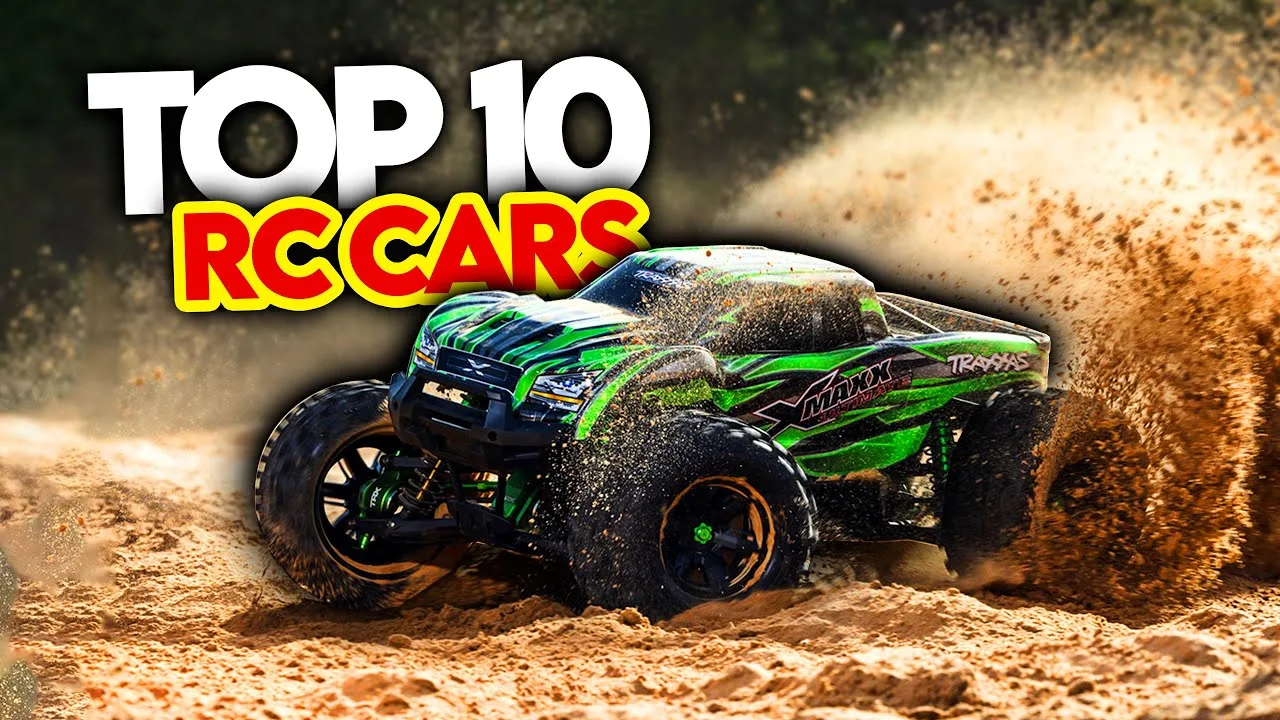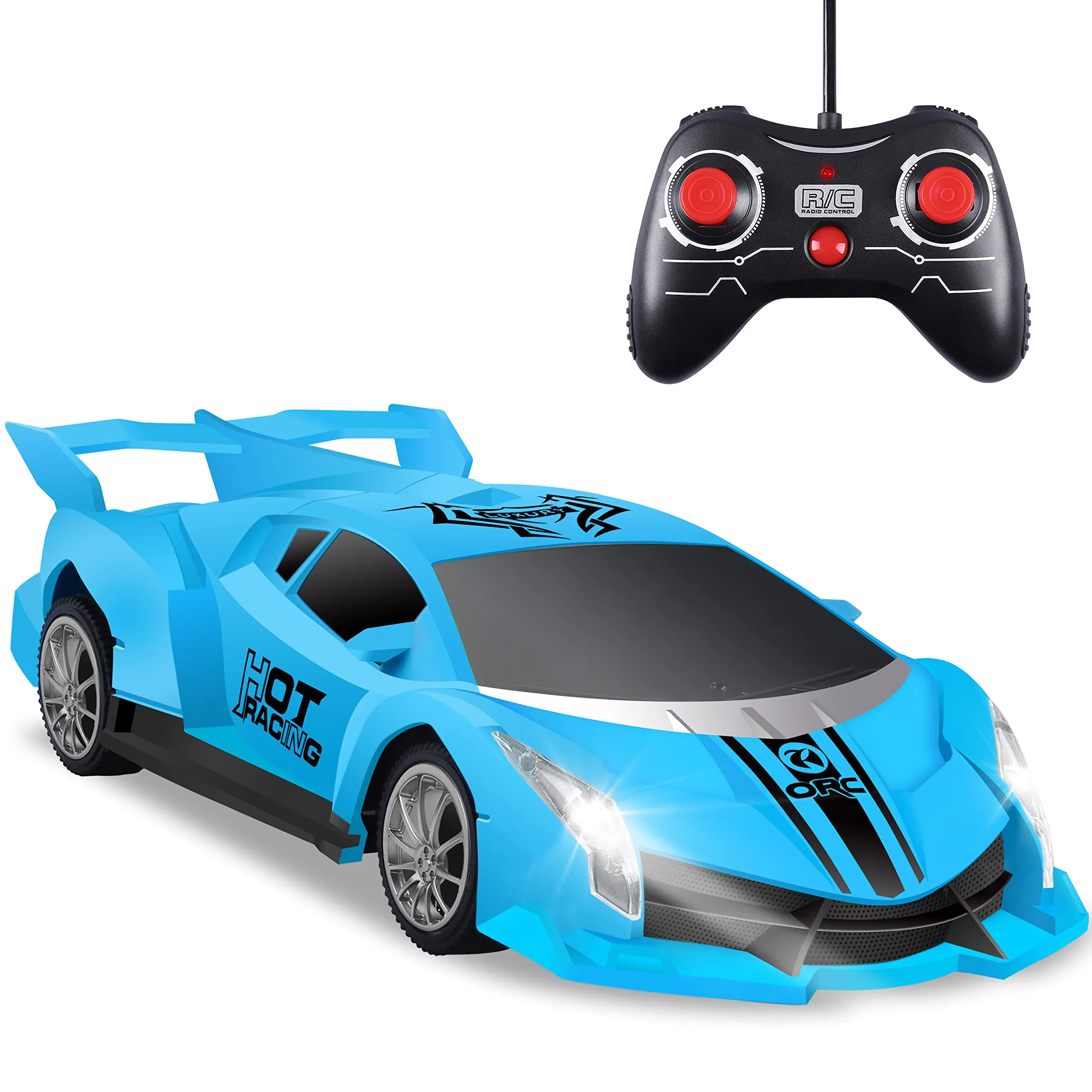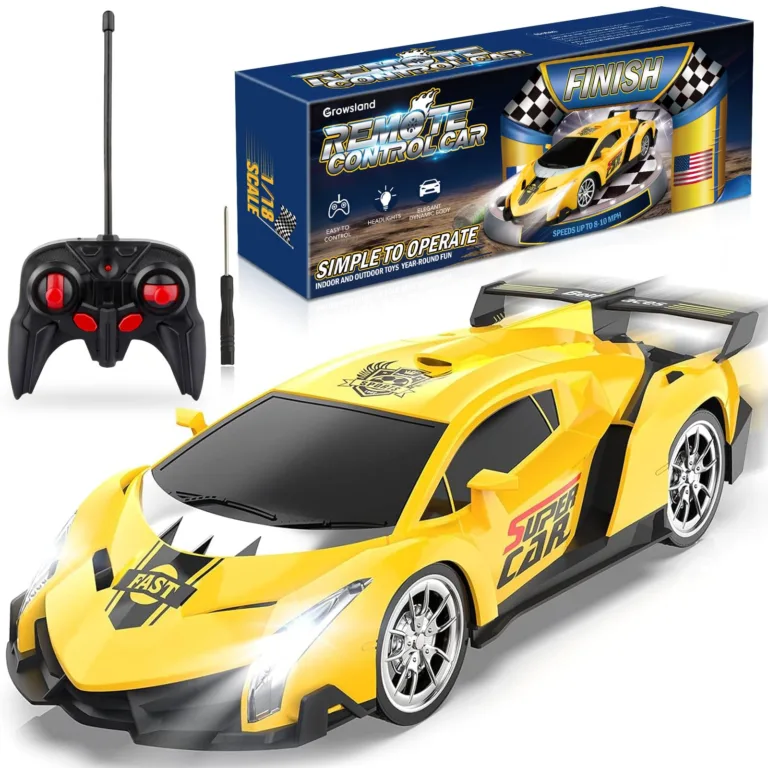Control cars have taken the world of hobbies by storm, captivating enthusiasts of all ages. Whether you’re a seasoned racer or a curious newbie, understanding control cars can enhance your experience tremendously. With various types available, knowing the features that matter most will help you choose the perfect model to suit your needs. Moreover, familiarizing yourself with top brands ensures you’re investing in quality. So, let’s gear up and explore everything you need to know about control cars, from their exciting capabilities to tips for maintaining your ride.
Understanding Control Cars: An Overview
Control cars, often referred to as remote-controlled (RC) cars, provide an exhilarating way to experience driving without leaving your living room or backyard. These miniature vehicles come in various shapes, sizes, and styles, captivating enthusiasts of all ages.
Key Characteristics of Control Cars:
-
Remote Operation: Most control cars use a handheld transmitter, allowing seamless maneuvering.
-
Variety of Models: From off-road trucks to sleek sports cars, there’s a control car for every preference!
-
Power Sources: You can find control cars powered by batteries or nitro fuel, which impacts speed and running time.
-
Build Quality: Some control cars feature durable materials for rugged use, while others focus on precision racing.
Why People Love Control Cars:
-
Fun and Engaging: Control cars enhance hand-eye coordination and fine motor skills.
-
Community: Joining local or online racing clubs adds a social element to the hobby.
-
Customization: Many enthusiasts enjoy upgrading their control cars with new parts and accessories.
With numerous options and exciting features, a control car can truly deliver hours of enjoyable entertainment.

Types of Control Cars and Their Uses
Control cars come in various types, each designed for different uses and target audiences. Understanding these types will help you select the right control car for your needs. Here’s a quick overview:
-
Remote-Controlled (RC) Cars
These are the classic control cars, powered by batteries and controlled via a handheld transmitter. They’re perfect for casual users and hobbyists.- Uses: Recreational racing, off-road adventures, and backyard fun.
-
Drift Cars
These control cars focus on drifting, designed with specialized tires and weight distribution.- Uses: Competitive drifting events and enjoying controlled slides on paved surfaces.
-
Off-Road Vehicles
With robust construction and larger tires, these control cars can tackle rugged terrains.- Uses: Navigating trails, dirt tracks, and challenging outdoor environments.
-
Track Cars
Engineered specifically for speed and handling on smooth surfaces, these are ideal for racing.- Uses: Competitive racing on specialized tracks.
Once you determine the type that best suits your interest, selecting the right control car becomes an enjoyable journey. Remember to engage with the community and learn more about enhancing your experience!
Key Features to Consider When Choosing a Control Car
When selecting the perfect control car, you’ll want to keep several essential features in mind. These factors will ensure you enjoy a smooth and exciting experience. Here’s what to consider:
-
Speed: Determine how fast you want your control car to go. Beginners might prefer lower speeds, while experienced racers seek high-performance models.
-
Battery Life: Look for a control car with a longer battery life, enabling extended playtime without frequent recharging.
-
Durability: Choose materials that withstand crashes and rough terrains. A durable control car will save you from constant repairs.
-
Range: Check the control range of your car. A longer range means you can drive further away without losing control.
-
Ease of Use: Ensure the remote control is user-friendly. Features like intuitive steering and responsive controls make a big difference.
| Feature | Beginner Level | Advanced Level |
|---|---|---|
| Speed | 15-25 km/h | 30-60 km/h |
| Battery Life | 20-30 minutes | 40-60 minutes |
| Durability | Basic plastic | High-impact materials |
| Range | 100-200 meters | 300 meters and above |
By considering these features, you’ll be better equipped to choose a control car that suits your racing style and skills!
Top Brands in the Control Car Market
When diving into the world of control cars, it’s essential to know the leading brands that provide quality and performance. Here’s a list of some top contenders:
-
Traxxas
- Renowned for durability and speed.
- Offers a wide range of models suitable for beginners to advanced users.
-
Arrma
- Known for their rugged designs and powerful motors.
- Perfect for off-road enthusiasts.
-
HPI Racing
- Features a variety of stylish bodies and advanced technology.
- Popular among hobbyists who enjoy customization.
-
Tamiya
- Classic choice with a rich history in model car making.
- Great for those who appreciate detailed assembly and scale models.
| Brand | Ideal For | Key Features |
|---|---|---|
| Traxxas | All levels | Durability, speed, variety |
| Arrma | Off-road fans | Rugged design, powerful motors |
| HPI Racing | Customization | Stylish bodies, advanced tech |
| Tamiya | Detailed assembly | High-quality, traditional models |
Choosing the right brand can significantly enhance your control car experience. Each offers unique advantages, so consider what best fits your needs and preferences!

Tips for Maintaining Your Control Car
Maintaining your control car is essential for optimal performance and longevity. Here are some straightforward tips to keep your control car in tip-top shape:
-
Regular Cleaning: Dust and dirt can affect the functionality of your control car. Use a soft cloth and brush to clean the exterior and critical components, ensuring nothing obstructs movement.
-
Check Batteries: Always monitor the battery life. Replace or recharge batteries promptly to avoid unexpected failures during use.
-
Inspect Tires: Tires wear down over time. Regularly check for signs of damage or excessive wear. Replace them if necessary for optimal grip and performance.
-
Tighten Screws and Parts: Control cars consist of many small parts that can loosen over time. Make it a habit to check and tighten screws regularly.
-
Store Properly: When not in use, store your control car in a dry and shaded area. Avoid exposure to extreme temperatures, which can damage electronic components.
By following these tips, you can enjoy a well-functioning control car for years to come! Happy racing!
Getting Started with Control Car Racing
Diving into control car racing can be a thrilling adventure! Here’s a quick guide to help you kick-start your journey:
-
Choose the Right Control Car:
- Electric vs. Nitro: Electric control cars are easier for beginners since they’re quieter and require less maintenance. Nitro cars offer a more authentic experience but need more hands-on care.
-
Learn the Basics:
- Familiarize yourself with the controls. Understanding how steering, acceleration, and braking work is crucial for a smooth racing experience.
-
Practice on Various Surfaces:
- Experiment on different terrains such as pavement, grass, or dirt. Each surface affects your control car’s handling and speed.
-
Join a Local Racing Community:
- Engage with fellow enthusiasts. Sharing tips and experiences can significantly improve your skills and knowledge.
-
Invest in Essential Gear:
- Equip yourself with tools like spare batteries, chargers, and a reliable controller for upgrades and maintenance.
Remember, control car racing amounts to practice and patience. Have fun, stay safe, and watch your skills soar!
Frequently Asked Questions
What are control cars and how do they work?
Control cars, commonly known as remote control (RC) cars, are miniature vehicles that can be controlled from a distance using a transmitter or remote control. They operate on radio frequencies and come in various types, including electric and nitro-powered. The basic components of an RC car include the chassis, motor, battery, and receiver, which receives signals from the transmitter. Users can steer, accelerate, and brake, allowing for an engaging and interactive driving experience.
What are the differences between electric and nitro-powered control cars?
Electric and nitro-powered control cars differ primarily in their power sources and performance. Electric cars are powered by rechargeable batteries and are generally easier to maintain and quieter, making them ideal for beginners. Nitro-powered cars, on the other hand, use a nitromethane-based fuel that offers higher speeds and a more realistic engine sound, appealing to enthusiasts who enjoy the thrill of racing. However, nitro cars require more maintenance and can be challenging for newcomers.
Can control cars be used indoors?
Absolutely! Many control cars are designed for indoor use, especially smaller electric models. These cars typically have a lower speed and more controlled handling, making them perfect for navigating around furniture and obstacles inside your home. Indoor RC driving can be a fun and engaging activity, providing hours of entertainment without the need for an outdoor space. Just ensure you have enough space to safely operate the vehicle!
What age group is suitable for operating control cars?
Control cars are available for various age groups, with options ranging from beginner-friendly models for children as young as 6 to advanced racing kits suitable for teenagers and adults. It’s important to consider the complexity of the model and the level of supervision required. Many companies also provide age recommendations, so ensure you choose a car that aligns with the skill level and maturity of the user. Regardless of age, RC cars foster creativity and technical skills!
